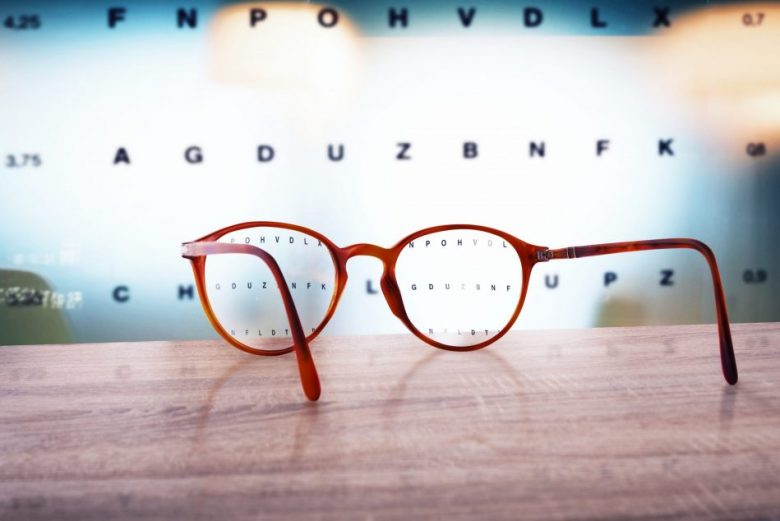See 20/20 in 2020 with new technologies in eye care
Oct 1, 2019, 4:12 PM | Updated: Oct 2, 2019, 1:33 am

Vision problems affect more than 12 million people nationwide, and that number is expected to double by 2050 as baby boomers develop age-related vision problems like cataracts, glaucoma and macular degeneration, according to research in JAMA Ophthalmology journal.
“Our group and others have shown in previous studies that those who suffer from vision loss not only have a decreased quality of life but can also experience both physical and mental health decline, including an increased risk for chronic health conditions such as diabetes, depression and even death,” lead researcher Dr. Rohit Varma told HealthDay News.
Fortunately, medical technology has been moving forward to keep up with the need for vision treatments that improve life. These cutting-edge technologies can help reduce the annual economic burden of vision problems that Rohit said is estimated at over $139 billion in the U.S.
Here are a few of the latest technologies that offer considerable benefits to people with vision problems.
Corneal inlay to replace reading glasses
Presbyopia is difficulty in seeing up-close objects and affects many patients as they age, leading to the need for reading glasses or bifocals. Soon, these tools may be a thing of the past.
In 2015, the Food and Drug Administration approved KAMRA, a corneal inlay device which the American Academy of Ophthalmology says can correct up-close vision issues “by increasing the depth of focus of the center of the cornea.” It is implanted in the patient’s non-dominant eye’s outer surface with a 10 to 15 minute minimally invasive procedure.
Intraocular lens surgery to correct cataracts
Cataracts affect millions nationwide and are a common issue for people over 50. The problem occurs when proteins in the lens break down and stick together, creating cloudiness in vision.
Depending on the severity of cataracts, your ophthalmologist may suggest surgical placement of intraocular lenses to fix the problem. The benefit of an intraocular lens is, not only does it remove the cloudiness in your vision, it can correct nearsightedness and farsightedness, which means you may not need contact lenses or glasses after surgery.
The FDA recently approved a type of intraocular lens called AcrySof IQ PanOptix trifocal IOL, “the first and only trifocal lens for U.S. patients undergoing cataract surgery,” according to Ophthalmology Times.
In September, Dr. Schwartz of Schwartz Laser Eye Center was one of the first surgeons in Arizona to implant the new lens.
Laser vision correction
While the idea of laser vision correction surgery isn’t new — the first LASIK procedure was in the early 1990s — continual advances have made the procedure safer and more effective. For example, iLASIK offers a customized approach to traditional LASIK surgery.
“It customizes treatment based on a map of your eye’s unique structures and imperfections,” Schwartz Laser Eye Center said. “iLASIK is blade-free, meaning that lasers are used during the two crucial steps of the procedure: to create the corneal flap in preparation for the treatment and to reshape the cornea into the desired curvature.”
This offers better results than the traditional surgery that was more of a one-size-fits-all solution.
In addition, today’s newest iFS Femtosecond Laser is capable of making an even thinner, finer corneal flap in less than 10 seconds, which means the procedure is faster than before, and the flap “leaves more corneal tissue for the correction of higher-degree refractive errors,” according to Schwartz Laser Eye Center. Recovery from the procedure is swift, and most patients can drive and return to work as soon as the next day.
For more information on the newest advances in eye surgeries, or to find out what treatment is right for you, call or visit a Schwartz Laser Eye Center.
About Dr. Schwartz
As a leading eye care professional in the Scottsdale and Glendale areas, Dr. Schwartz is arguably the most prolific refractive surgeon in the valley. Having performed over 48,000 LASIK surgeries and being the first ophthalmologist in Arizona certified to perform the Kamra Inlay procedure, it is not hard to see why professional athletes and Arizona residents have trusted the Schwartz Laser Eye Center since 2001.






